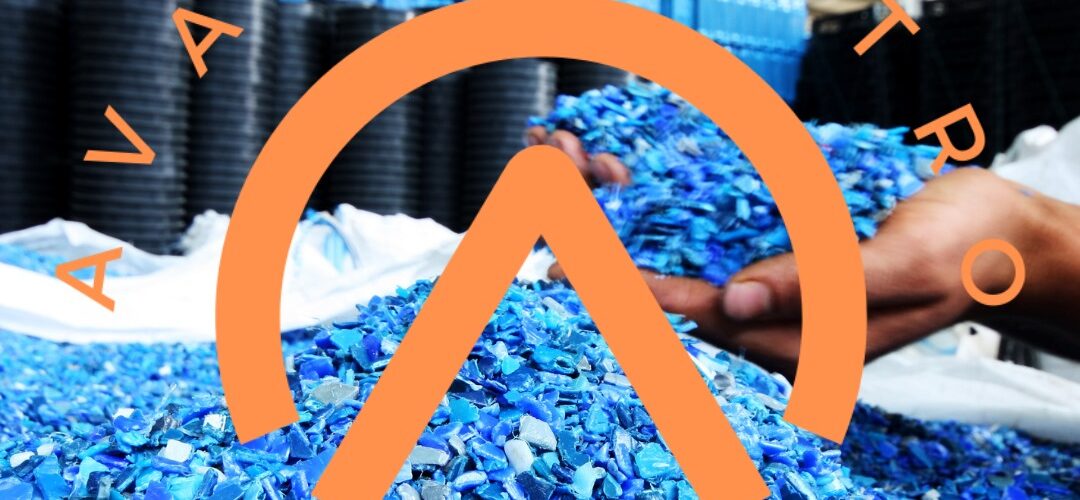The Ultimate Guide to Plastic Raw Materials Drying
Introduction
When it comes to plastic manufacturing, the process of drying plastic raw materials is crucial for ensuring high-quality end products. In this comprehensive guide, we will delve into the types of plastic raw materials, the drying process, and best practices to achieve optimal results.
Types of Plastic Raw Materials
- Thermoplastics
Thermoplastics are a type of plastic that becomes pliable or moldable above a specific temperature and solidifies upon cooling. Common examples include polyethylene (PE), polypropylene (PP), polyvinyl chloride (PVC), and polystyrene (PS). Each type has unique properties and applications, making it essential to choose the right material for your specific needs.
- Thermosetting Plastics
In contrast to thermoplastics, thermosetting plastics undergo irreversible chemical changes during curing, making them heat-resistant and durable. Examples include epoxy resins, polyurethanes, and phenolic resins. These materials are widely used in industries such as automotive, aerospace, and electronics.
Importance of Drying Plastic Raw Materials
Proper drying of plastic raw materials is essential for several reasons:
- Moisture Removal: Moisture in plastic raw materials can lead to defects such as bubbles, blisters, and poor surface finish. Drying helps eliminate moisture, ensuring consistent product quality.
- Prevention of Degradation: Some plastics are sensitive to moisture and can undergo hydrolysis or degradation when exposed to water. Drying prevents such degradation, extending the lifespan of the plastic.
- Enhanced Mechanical Properties: Dried plastic raw materials exhibit improved mechanical properties, including strength, stiffness, and dimensional stability.
How Much Moisture is Acceptable?
The acceptable moisture level in plastic raw materials depends on the material type and application requirements. Generally, moisture content should be below 0.1% to 0.2% for most thermoplastics and 0.02% to 0.04% for hygroscopic materials like nylon.
Drying Methods
- Desiccant Drying
Desiccant drying involves passing hot air over a desiccant material, such as silica gel or molecular sieves, to absorb moisture from the plastic pellets. This method is effective for drying a wide range of thermoplastics and is suitable for low to medium production volumes.
- Hot Air Drying
Hot air drying utilizes heated air to evaporate moisture from plastic pellets. The process involves circulating hot air through a drying hopper, where the pellets are agitated to ensure uniform drying. Hot air drying is suitable for high-volume production but may require longer drying times compared to desiccant drying.
- Vacuum Drying
Vacuum drying involves subjecting the plastic pellets to reduced pressure, lowering the boiling point of water and facilitating moisture removal. This method is ideal for heat-sensitive materials and can achieve low moisture levels efficiently.
Best Practices for Drying Plastic Raw Materials
- Preconditioning: Store plastic raw materials in a controlled environment to prevent moisture absorption before the drying process.
- Proper Equipment Calibration: Ensure drying equipment is properly calibrated to maintain consistent temperature and airflow throughout the drying cycle.
- Monitoring and Control: Regularly monitor moisture levels during the drying process using moisture meters or inline sensors. Adjust drying parameters as needed to achieve the desired moisture content.
- Material Handling: Handle dried plastic pellets with care to avoid recontamination with moisture from the environment. Use sealed containers or packaging to maintain the integrity of the dried materials.
- Quality Assurance: Implement quality control measures to verify the effectiveness of the drying process and ensure compliance with product specifications.
Conclusion
Effective drying of plastic raw materials is essential for achieving high-quality, defect-free end products. By understanding the types of plastic materials, moisture removal techniques, and best practices for drying, manufacturers can optimize their processes and deliver superior plastic components to meet customer requirements.
Written by Emir Narin

